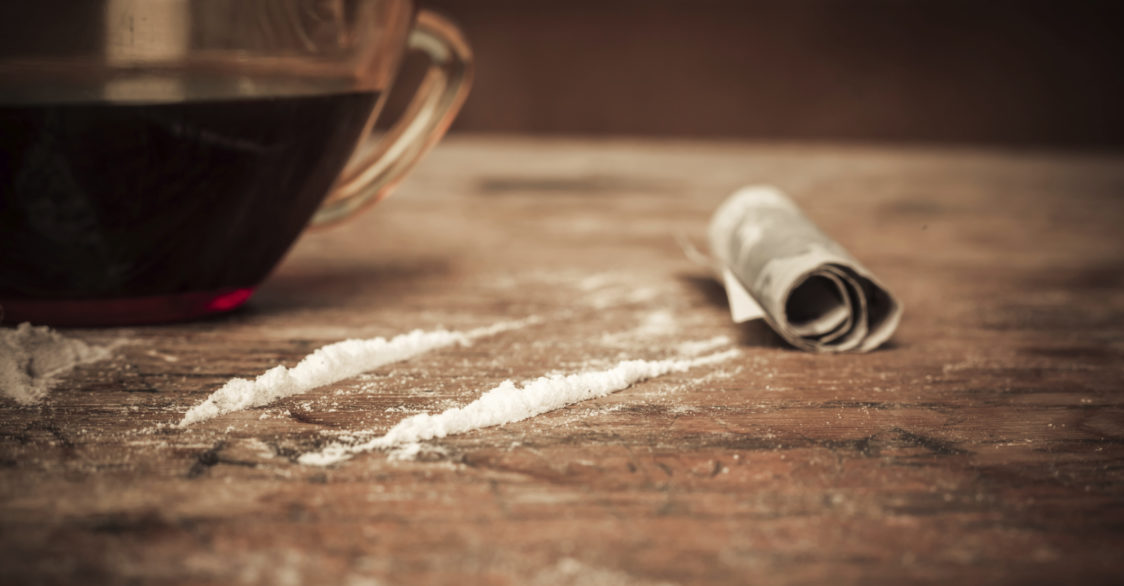Documentary-style projects ordinarily have their focus firmly on somebody else, offering an insight into the individual’s life from the perspective of a third-party filmmaker. If the filmmaker ensures the individual is comfortable enough, it allows painfully real moments to be immortalized on screen and offers the audience an in-depth look into a new issue.
But in the midst of a drug addiction, the most telling and shocking moments go on behind closed doors, and it’s hard to imagine a filmmaker being able to capture what happens — away from prying eyes — in the private, day-to-day life on an addict. But Graham MacIndoe has done just that by turning the camera on himself for a photo diary of his heroin and crack addiction. His on-again-off-again girlfriend interviewed MacIndoe for The Guardian, providing insight into the mind and rituals of those struggling with addiction.
MacIndoe first took heroin in his New York apartment with a group of friends to “come down” from cocaine. A friend suggested that he smoke a bit of heroin, which was rolled up in a cigarette, to produce an experience he describes as “not really pleasant, to be honest, but it did take the edge off the cocaine.” He found himself using the drug more and more to counteract the comedown from cocaine, and eventually begun injecting it, again on the advice of friends.
‘I Felt It Was Enhancing My Life’
Clean since 2010, MacIndoe said his addiction began with cocaine.
“When I first really started doing drugs,” he said, “I felt it was enhancing my life — it just made everything sort of great.” But he points out that when he needed to do a line of cocaine first thing in the morning, he knew he had a problem. After a night of little sleep, he woke up red-eyed and feeling exhausted, with a line of cocaine left over from the previous night. After he did the line, he felt like he was ready to face the world. It wasn’t about “partying” any more. At that point, he felt like he needed cocaine to exist.
He found himself on what he calls the “addiction path” with his drug use, and had to see it through to the end. He started covering his tracks, out of shame, but maintained the belief that he could get clean any time. He convinced himself that the excuses he made for his erratic behavior fooled people, but in reality, even if they weren’t confident enough to directly make the accusation, nobody was buying his lies. He tried to hide the problem when he met his girlfriend, Susan, who interviewed him for The Guardian article, but she knew something was going on.
Chemical Companions
As he became more aware of the realities of his lifestyle, MacIndoe decided to document his day-to-day existence. Even though he didn’t want his girlfriend to find the pictures (about 350 in total), after they’d broken up, she did, and her curiosity about the lifestyle he was leading was satisfied all too well. MacIndoe had set a digital camera on a table, bookshelf or other surface and programmed the timer to snap images at regular intervals. He wasn’t doing anything he didn’t normally do — filling his crack pipe, shooting up and lying around in drug-induced catatonia.
When she saw the photos, she was struck by the loneliness of it all. The haunting series of images showed that drugs had replaced the people who were supposed to be filling MacIndoe’s life; aside from his chemical companions, he was notably alone. Nothing mattered to him anymore. Although at first she wished she’d never seen the pictures, the insight they offered changed her mind.
Getting Clean From Dual Addiction
MacIndoe’s big change started when he found himself in trouble with the law and faced with deportation (despite being a green-card-carrying legal immigrant) back to Scotland because of drug offenses. Spending five months in immigration detention and four months in jail, a prison rehabilitation program saved him from addiction. In 2010, he got clean from the substances that took control of his life, and after being released by an understanding judge, his life started to get back on track. His reunited with his girlfriend, and although he had help, she rightfully praises MacIndoe for the hard work he put into his recovery and rebuilding his life. Overcoming addiction isn’t easy, but what’s even harder is being willing to display the reality of the addicted life, “warts and all,” for the world to learn from.
MacIndoe’s story may have a happy ending, and the unique documentation he kept may help people understand the nature of addiction, but it’s important to remember that these same stories are happening all around us. People just like MacIndoe, right now, are in need of help, passed out with track-marked, blood-seeping veins, unable to escape — or not even seeing the need to escape — from the prison of addiction. That’s why understanding the problem is important: we need to find the compassion to help those who may not be able to help themselves. We need to create more happy endings like MacIndoe’s.








